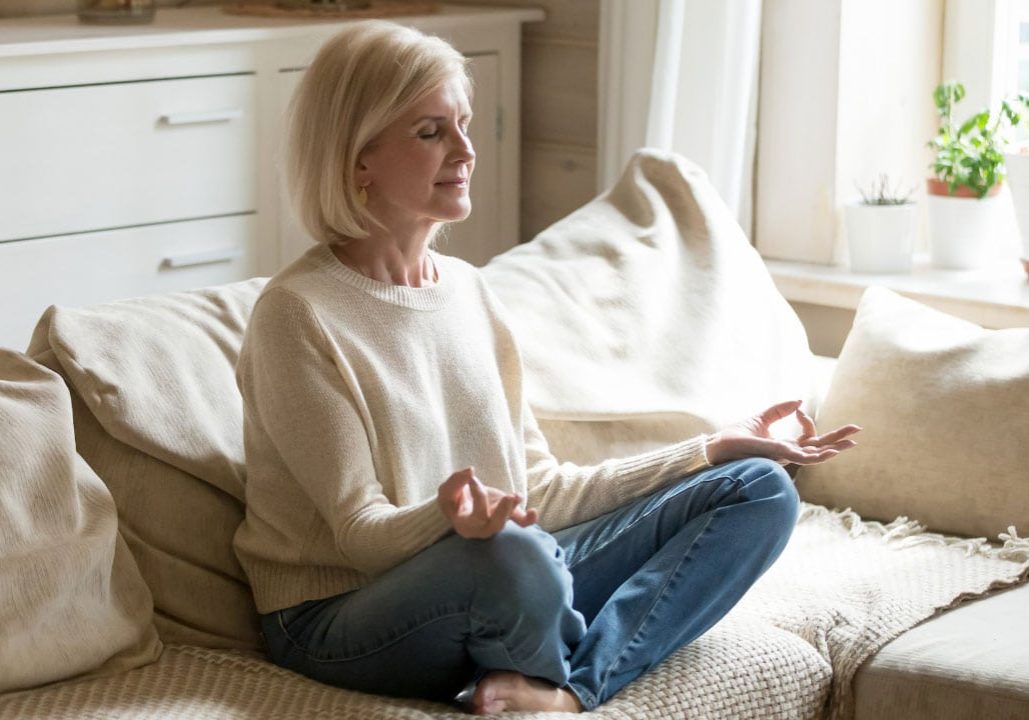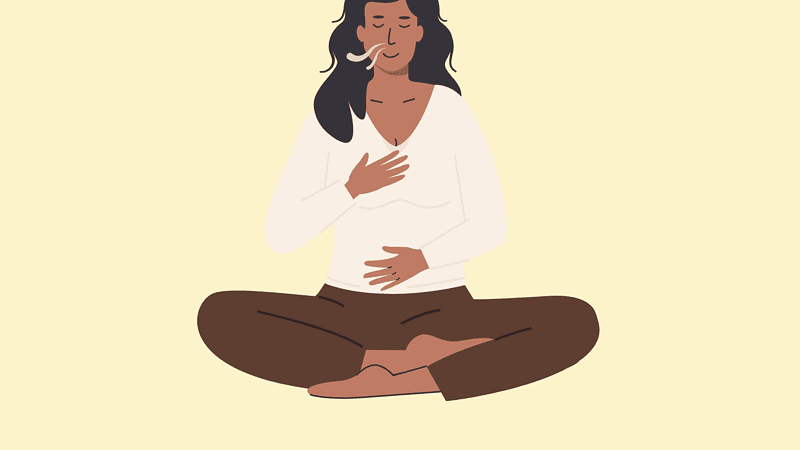
The top 5 mindfulness myths
Is it time for you to take up mindfulness? Elanor Kortland busts the top 5 mindfulness myths
So, you’re passionate about your yoga and want to develop beyond asana (posture) and pranayama (breath) practices. Could mindfulness help, and what actually is it, anyway?
1. Mindfulness is all about being aware and in the moment, right?
You clearly know your stuff! But, it’s much more than that! Mindfulness can be described as a way of being aware of what’s happening, while it’s happening. So, when we notice our mind getting lost in thinking, for example about the past or future, we practice coming back to our present moment experience. But, importantly, mindfulness also has a quality of non-preference, non-judgement, and acceptance. This is often the tricky bit, as our minds have evolved over millions of years to make judgemental decisions very quickly, and many of our thought processes are driven by deeply-engrained habits that we are not even aware of. The other critical component of mindfulness is compassion. There’s no point becoming acutely aware of our mental stories if we can’t bring a sense of self-compassion to the things that we learn about ourselves – we are all inflicted with this same, messy humanness, after all!
2. So, the aim is to still your mind?
Sorry, but no. Yoga may be defined in the ancient texts as ‘Chitta Vritti Nirodhah’ (yoga is the cessation of the fluctuations of the mind), but mindfulness takes a slightly different approach. If you sit quietly for a few moments now, and try not to think of anything, most people find that it isn’t possible – our minds are programmed to look for the next thing, to move away from this moment, to scan for the next threat. So, mindfulness training starts where we are – not by trying to make the mind go blank or suppress thoughts, as that would be fighting against our experience and mental programming. Instead, we just observe our experience. If we notice the mind has wandered and got lost in stories (which it will do, over and over – that’s normal!), we don’t beat ourselves up about it, we just notice where it wandered to and then gently redirect our awareness back to whatever is actually here right now, like the breath, sounds coming and going, or physical sensations. If your mind wanders, but you are aware of it and can guide it back, even for a second – you are being mindful! You have not, in any sense, ‘failed’ at it.
3. But isn’t mindfulness just for people with anxiety or depression?
The strongest evidence for mindfulness, in terms of randomised controlled clinical trials, is in people with depression (bonus myth busted: mindfulness is not another hippie, alternative fad. It has cold hard science behind it). NICE (the UK’s National Institute for Health and Care Excellence) recommends eight-week mindfulness courses for people who have had three or more bouts of depression, as data shows it is more effective at keeping people well than commonly used antidepressants.
However, eight-week courses also have strong evidence in people suffering from a wide variety of other chronic health conditions, including anxiety, chronic pain, stress, insomnia, psychological wellbeing in people with cancer, and other autoimmune and inflammatory disorders. But…you do not need to have any particular health condition to benefit from mindfulness. Eight-week courses have been show to improve concentration, emotional regulation, wellbeing and overall quality of life, so anyone can benefit, young or old, and irrespective of gender, race, faith or religion.
4. That’s great, but I do yoga so I don’t need mindfulness!
So, no disrespect, here, but yoga is definitely not always taught mindfully! Anyone who has been told to “make that pose perfect” or “step outside your comfort zone” has not experienced mindful teaching, though it may still have been a fabulous yoga class. Mindfulness is about embracing our imperfections and humanness, not about striving to reach a goal of strength or flexibility or to nail a killer arm balance. But yoga and mindfulness can coexist beautifully, too. As someone who had practiced yoga for around 12 years when I first tried mindfulness, I can honestly say that it revolutionised my yoga practice. It encouraged me to really tune in to what was happening in each pose on a moment-by-moment basis, to be more curious about what my mind was telling me, and to bring a much-needed dose of self-kindness into my practice.
5. So where do I start – should I download an app?
Free apps like Insight Timer are a great place to dip your toe in the water. However, most people benefit more from studying with an experienced teacher who is trained not just to guide you in the practices, but also in skills of enquiry – the process of supporting you to delve deeper into your experience and tease apart the various elements of your reactions to the practices. Verbalising what we notice during the practices in this way brings awareness into the conscious mind, giving us the opportunity to reflect, identify habitual patterns of thinking, feeling and behaving, and then link it to our everyday lives. Learning mindfulness in a group environment also allows us to learn from the inner experiences of others, as well as reminding us of our shared humanity.
The best place to start if you’re looking for a properly trained teacher is BAMBA, the British Association of Mindfulness Based Approaches. Their website (bamba.org.uk) allows you to search for a local, registered teacher trained to deliver an approved eight-week mindfulness intervention, who each year must demonstrate that they have regular supervisions with experienced supervisors, undergo continuing professional development including silent retreats, and are insured to teach.
So, if you think mindfulness could benefit you in some way…what are you waiting for? The journey of a thousand miles starts with a single step. I wish you long and fruitful travels.







